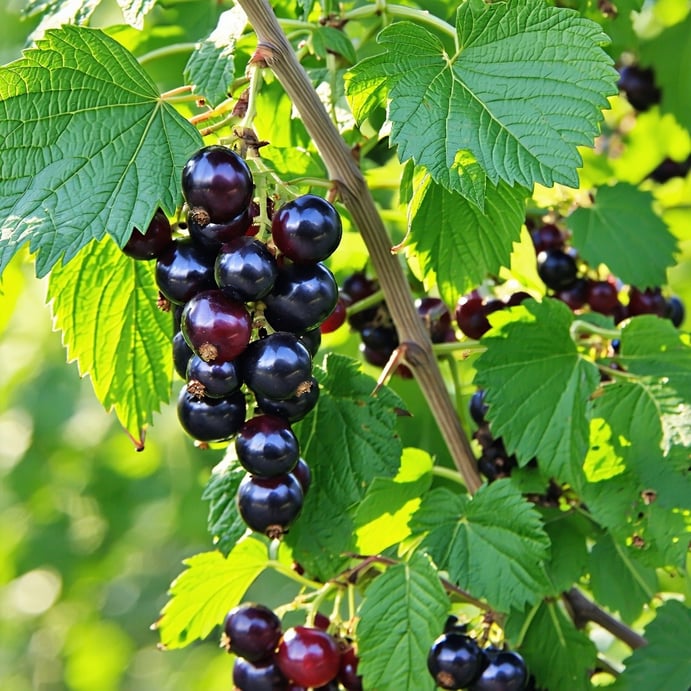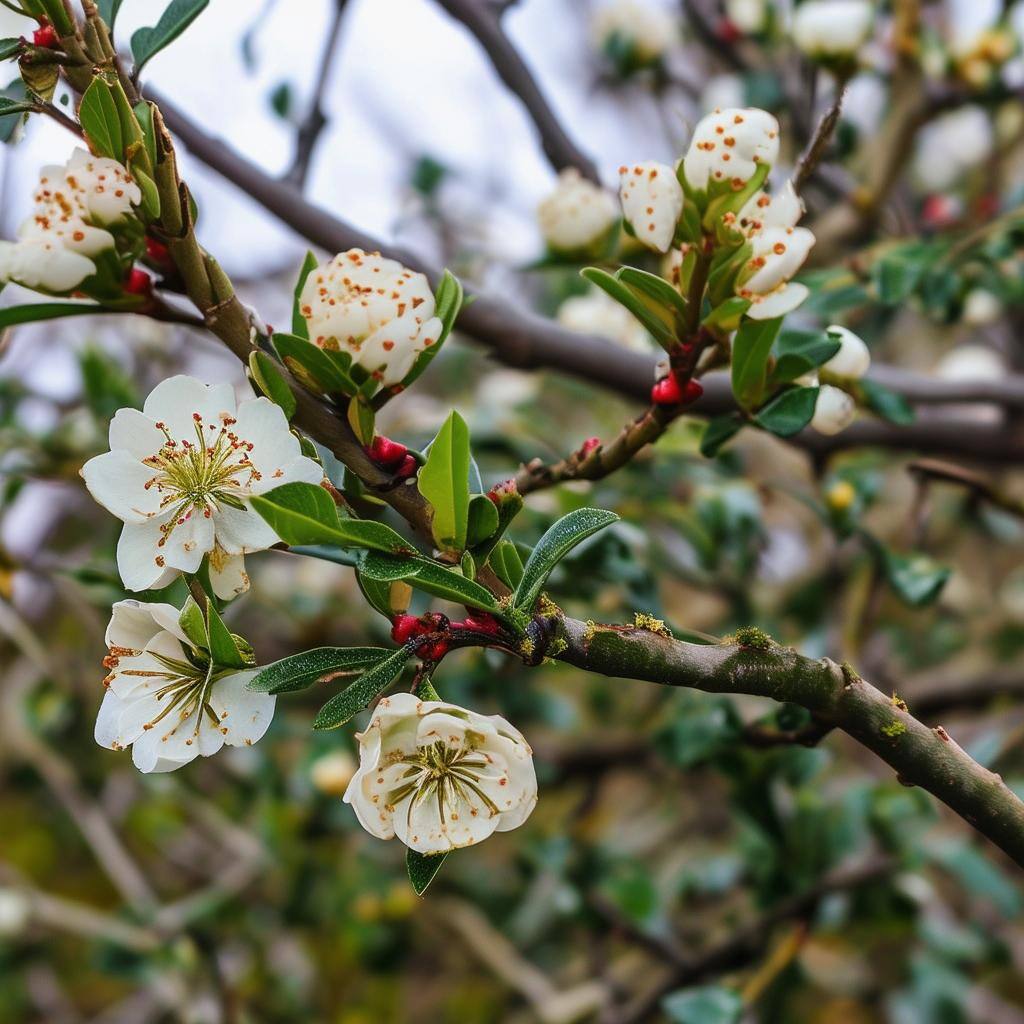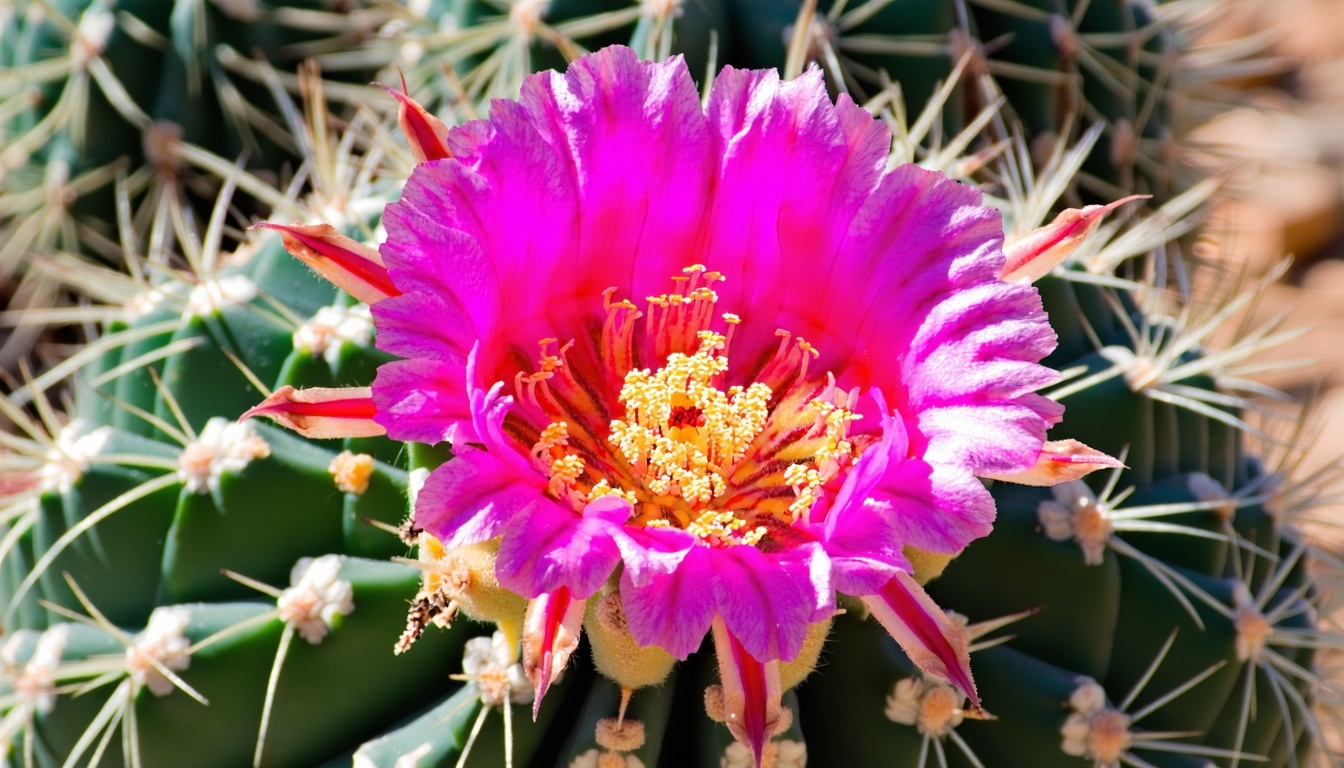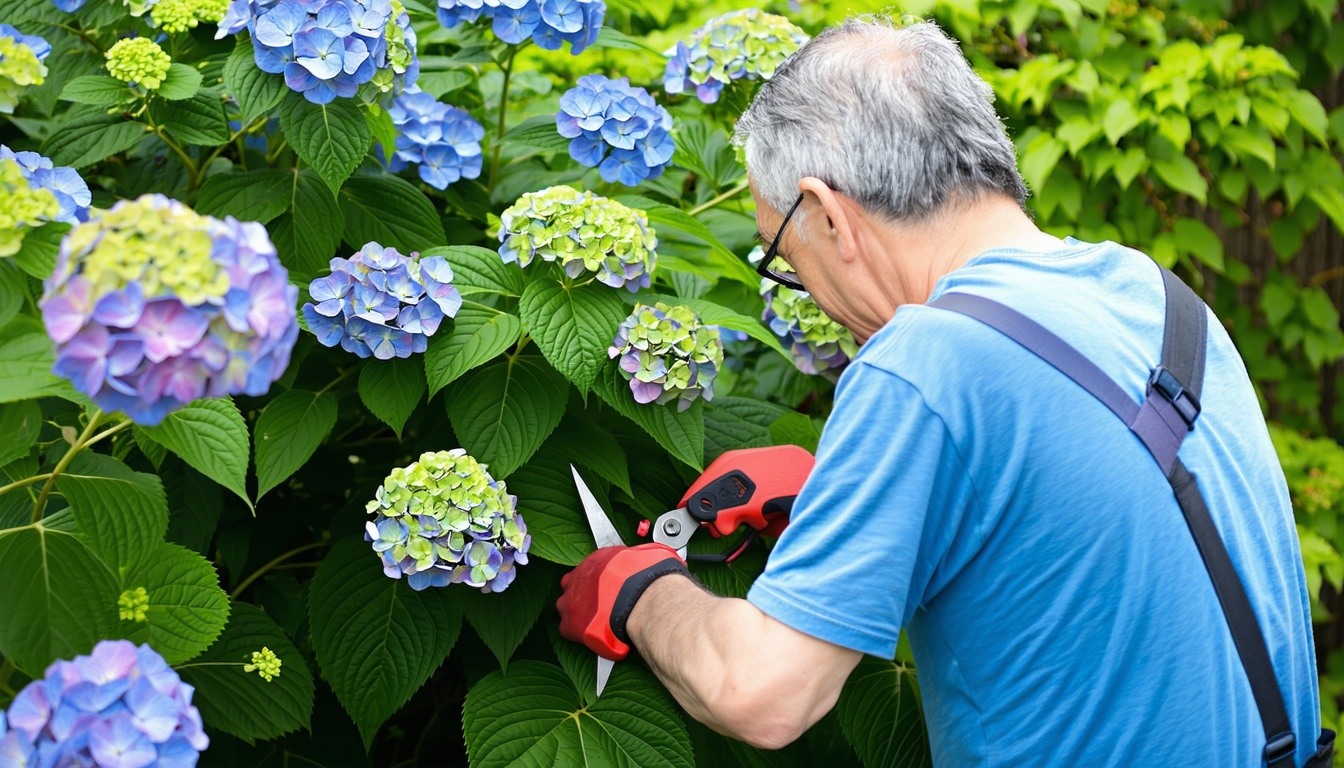
Spring is the perfect time to ensure your gooseberries and blackcurrant bushes are healthy and productive with some expert pruning tips.
Intro - Understanding the Importance of Pruning Gooseberry and Blackcurrant bushes in Spring
Pruning your gooseberry and blackcurrant bushes in spring is crucial for maintaining their health and productivity. But when exactly should you prune? Ideally, the best time to prune is in early spring, around April, before the new growth starts. This timing helps to shape the bushes, remove dead or diseased wood, and encourage better air circulation.
What happens if you don't prune? Neglecting to prune your bushes can lead to a tangle of branches, reduced sunlight penetration, and poor air circulation, all of which can make the plants more susceptible to diseases and pests. Proper pruning ensures that your bushes remain vigorous and produce bountiful crops year after year.
5 Step Guide to Pruning Gooseberries
Pruning gooseberries may seem daunting, but following these five steps will make the process straightforward and beneficial for your plants.
1. **Remove Dead Wood**: Start by cutting out any dead or diseased wood. This helps to prevent the spread of diseases and pests.
2. **Thin Out the Center**: Remove branches that are crossing or overcrowding the center of the bush to improve air circulation.
3. **Shorten New Growth**: Trim back the previous year's growth by about a third to encourage branching and fruit production.
4. **Shape the Bush**: Aim for an open, vase-like shape which allows sunlight to penetrate and air to circulate freely.
5. **Remove Low Branches**: Cut off any branches that are touching the ground to prevent diseases and pests from taking hold.
5 Step Guide to Pruning Blackcurrant Bushes
Pruning blackcurrant bushes is essential to ensure healthy growth and abundant fruit production. Here’s a simple five-step guide to help you.
1. **Cut Out Dead Wood**: Begin by removing any dead or diseased wood to keep the bush healthy.
2. **Remove Old Stems**: Cut out older stems that are more than three years old to promote new growth. Blackcurrants fruit best on younger wood.
3. **Thin Out the Bush**: Remove any weak or spindly growth to improve air circulation and sunlight penetration.
4. **Shorten New Growth**: Trim back the tips of the new growth to encourage bushiness and more fruiting wood.
5. **Shape the Bush**: Aim to achieve a balanced, open structure. This ensures that each branch has enough space to grow and produce fruit.
Common Issues, Pests & Diseases after Pruning
After pruning, your gooseberries and blackcurrant bushes may be vulnerable to various issues, pests, and diseases. Keep an eye out for common problems like aphids, sawfly larvae, and powdery mildew. Regularly inspect your plants and use appropriate organic treatments if needed.
Ensuring that your pruning tools are clean and sharp can help prevent the spread of diseases. Additionally, proper disposal of pruned material can reduce the risk of pests and diseases taking hold.
10 Frequently Asked Questions on Pruning Gooseberry and Blackcurrant bushes
-
When is the best time to prune gooseberries and blackcurrants?
The ideal time to prune these bushes is in early spring, around April, before new growth begins. This timing helps shape the bushes and encourages healthy development. -
How much should I prune off my bushes each year?
You should aim to remove about a third of the previous year's growth. This encourages branching and fruit production while maintaining the plant's overall health. -
What tools do I need for pruning?
Essential tools for pruning include sharp pruning shears, loppers for thicker branches, and a pruning saw for any larger cuts. Ensuring your tools are clean and sharp is crucial to prevent disease spread. -
How can I tell if a branch is dead or diseased?
Dead branches often appear dry and brittle, lacking any green under the bark. Diseased branches may show signs of discoloration, unusual growths, or lesions. -
Should I prune differently for young and mature bushes?
Yes, young bushes require lighter pruning to establish a strong framework, while mature bushes benefit from more substantial pruning to remove old wood and encourage new growth. -
How do I prevent pests and diseases after pruning?
Regularly inspect your plants for signs of pests and diseases, and use organic treatments as needed. Keeping your pruning tools clean and disposing of pruned material properly can also help prevent issues. -
Can I compost the pruned material?
Yes, you can compost healthy pruned material. However, avoid composting any diseased or pest-infested branches to prevent spreading issues. -
What are the signs that I’ve pruned too much?
If you've pruned too much, you may notice reduced fruit production, sparse foliage, or the plant struggling to recover. It's important to prune conservatively to avoid these issues. -
How can pruning affect fruit production?
Proper pruning enhances fruit production by allowing more sunlight and air to reach the branches, promoting healthy growth and abundant fruiting. -
Are there specific techniques for shaping the bushes?
Yes, aim for an open, vase-like shape for gooseberries and a balanced, open structure for blackcurrants. This allows for optimal sunlight penetration and air circulation, supporting healthy growth.



